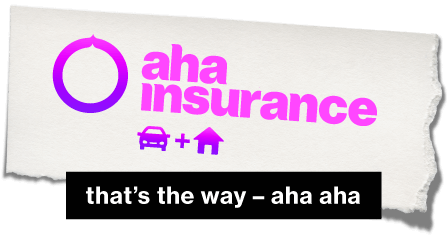Car collisions can be devastating. Even the less serious ones can affect your health—and experiencing strain (or even a sore neck) after a car accident is one of the most common things that we tend to overlook when dealing with roadside safety.
When you’re involved in a collision, it’s important to know what type of car insurance coverage you’ll be entitled to for medical expenses. Nobody wants to spend the day poring over the policy details to find the answer, though, so we’ve picked out the important stuff that you need to know about getting your medical bills covered.
Accident benefits for a sore neck after a car accident
According to the Insurance Act of Ontario, all vehicle insurance providers must provide compensation to clients to cover medical expenses incurred because of an accident (known as Ontario’s accident benefits schedule). Regardless of who was at fault for the collision, these accident benefits will help cover related costs, such as:
- Medical bills
- Rehabilitation
- Caregiver requirements
- Income replacement
- Disability benefits
If you’re hurt in a car accident and require physiotherapy, medication, or other medical treatments to heal a neck or other injury, then your auto insurance provider will cover any of the expenses that OHIP won’t. Accident benefits are one of the 5 parts of every car insurance policy, so you’ll have some coverage if you or your driver have a policy (and it’s illegal to drive without insurance, anyway).
Insurers cover treatments that are deemed “necessary and reasonable,” so make sure the injury is related to the accident before trying to get treatment covered. Getting physiotherapy for a chronic injury that wasn’t caused by the accident wouldn’t be covered.
With regular insurance coverage, providers will typically provide a maximum of $65,000 over the course of 10 years for medical and rehabilitation bills for non-catastrophic injuries. Minor injuries have a limit of $3,500. That’s a uniform rule about how car insurance works in general, regardless of the insurer.
I was a passenger in the car. Am I still covered?
This question is often asked if the family’s nanny was in a car accident or if the car was on loan at the time. The province regulates accident benefits, so no matter which provider you use for car insurance, the benefits you’re entitled to will be standard. Similarly, the benefits will apply to anybody involved in the accident, including the driver of the vehicle, passengers in the car, and even any pedestrians involved. If you’re covered, or riding with someone who is covered, then you’ll be able to file a claim regardless of who caused the accident. That’s part of how no-fault insurance works in Ontario.
Experiencing a sore neck after a car accident (or anything similar) can be covered regardless of your role in the collision.
What to do after a collision
Getting the other driver’s information should be one of the first things to do in a car accident. Fast action is vital after a car accident because this will ensure you get timely access to any medical and rehabilitative care you may require. It also expedites the process your insurance provider needs to follow to cover expenses you incur.
Generally, you need to report car damage to your insurer within 24 hours of the accident, as well as any injuries, strains, or discomforts that have occurred since then. Once the provider knows about the collision, it will send you an accident benefit application package, which will guide you through the application system to apply for coverage.
Again, timing is essential here because you’ll have to complete and return the application to your provider within 30 days if you want your expenses to be covered. You don’t want to leave it any longer than that, or else you might need to jump through more administrative hoops than is necessary. This means you’ll probably need to visit a collision reporting centre to get a police report that your insurer can verify.
Getting into a car accident is never pleasant, and there are many different types of injuries you could sustain as the result of a collision. Regardless of whether you were the driver, a passenger, or a pedestrian, there is medical coverage available to you through auto insurance providers.
This means you’ll have access to the medical and rehabilitative care you need to treat your injuries and get back on track with your life.





